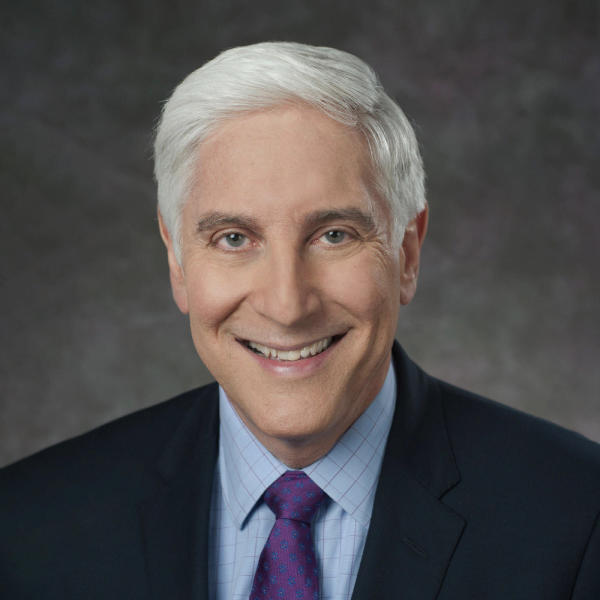Patients Want More Choices in End-of-Life Care
They're the words no one wants to hear: You have cancer and there's no cure. About a half-million Americans die from cancer each year. Most prefer to spend their last days at home.
A major report out Tuesday says about one-third die in the hospital, often receiving painful and expensive treatments they may not even want.
"I'm sad. Deeply saddened," says photographer Vincent Giordano. "But it is what it is."
CBS News medical correspondent Dr. Jon LaPook reports the 58-year-old photographer is used to looking at life through a clear lens. Now, as he confronts advanced esophageal cancer, seeing things clearly is more important to him than ever.
"It's over for me very, very soon," says Giordano.
Giordano has decided to stop chemotherapy. Instead, Memorial Sloan Kettering is giving him palliative care, which means relieving symptoms like nausea and pain. It's not about trying for a cure or resorting to feeding or breathing tubes. The hope is to enable him to go home.
"Hope's got many dimensions to it," says Dr. Paul Glare from the Memorial Sloan-Kettering Cancer Center. "It isn't all just about living longer."
Studies show that most patients don't want to spend their last days in a hospital. Dartmouth researchers analyzed how well this wish is fulfilled around the country. They found the quality of end-of-life care varies widely. In Mason City, Iowa, just 7 percent of patients died in the hospital compared to almost 50 percent in Manhattan.
For patients with advanced cancer, "the care they receive is much more dependent upon where they receive their care than the care that they want," says Dr. David Goodman, of the Dartmouth Institute for Health Policy & Clinical Practice.
Within Manhattan, there were large differences among hospitals. At Memorial Sloan-Kettering, 34 percent of cancer patients died in the hospital. At Lenox Hill that figure was nearly 50 percent.
"Many patients are dying away from their families in unfamiliar settings with a lot of discomfort and pain," says Goodman. "Tthat's a tragedy."
Another measure is aggressive treatment at the end of life when the chance for a cure is remote. At Sloan-Kettering, just four percent of patients received chemotherapy in their last two weeks. At Lenox Hill that figure was greater than 12 percent.
Lenox Hill tells CBS News it is "re-evaluating the balance of burden and benefit of the use of aggressive technology" with cancer patients and that it has recruited physicians specializing in palliative care.
From the beginning, Giordano's doctors have been honest with him about his odds and that's prepared him for this moment.
"I have to be a grown-up about it and say this is where I'm at. My wife and I, our lives have taken us right here. Today."
Helping patients find their way at the end of life is one of the toughest and most important jobs a doctor has.
LaPook says so many patients are dying in hospitals when they want to die at home because doctors wait too long to start the conversation about end-of-life care.
"I understand," LaPook tells CBS News anchor Katie Couric. "As a doctor I don't want to take away hope but I don't want to give false hope. The patients and their families bring their own very complicated set of emotions to the table. So clearly this is one of the very last taboos but we've got to get past it because it's very clear patients do better when this discussion is held sooner rather than later."
